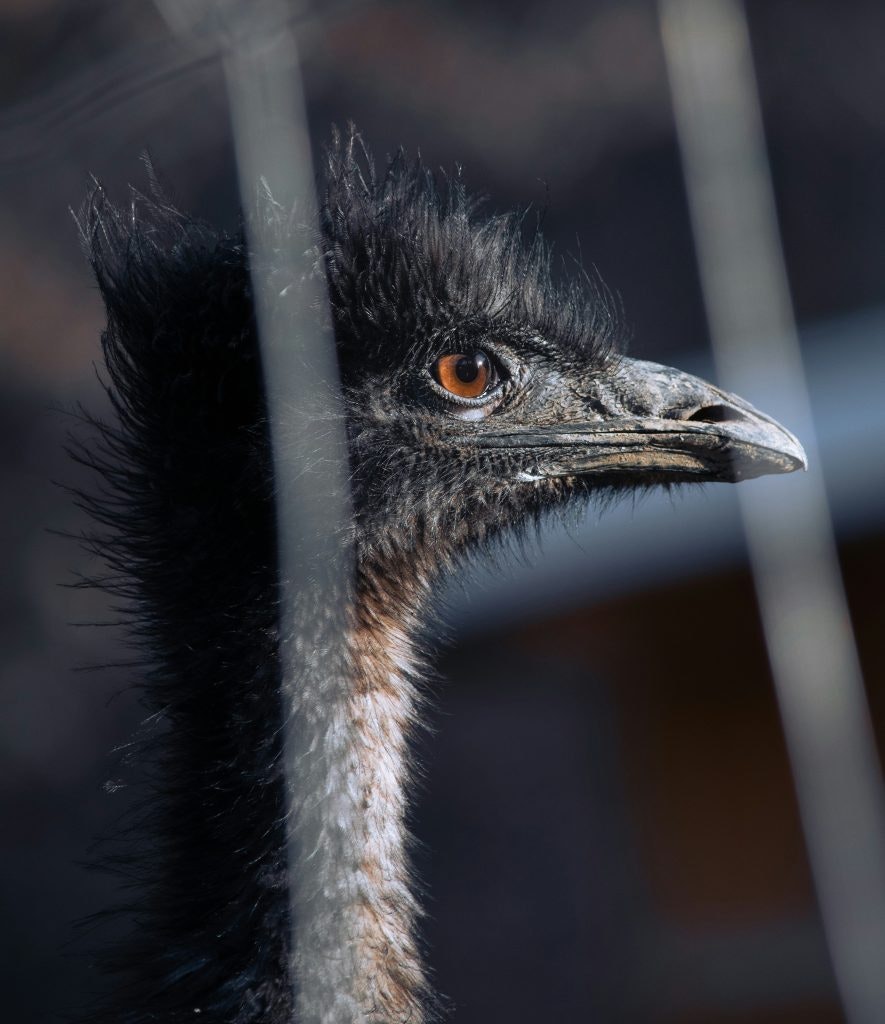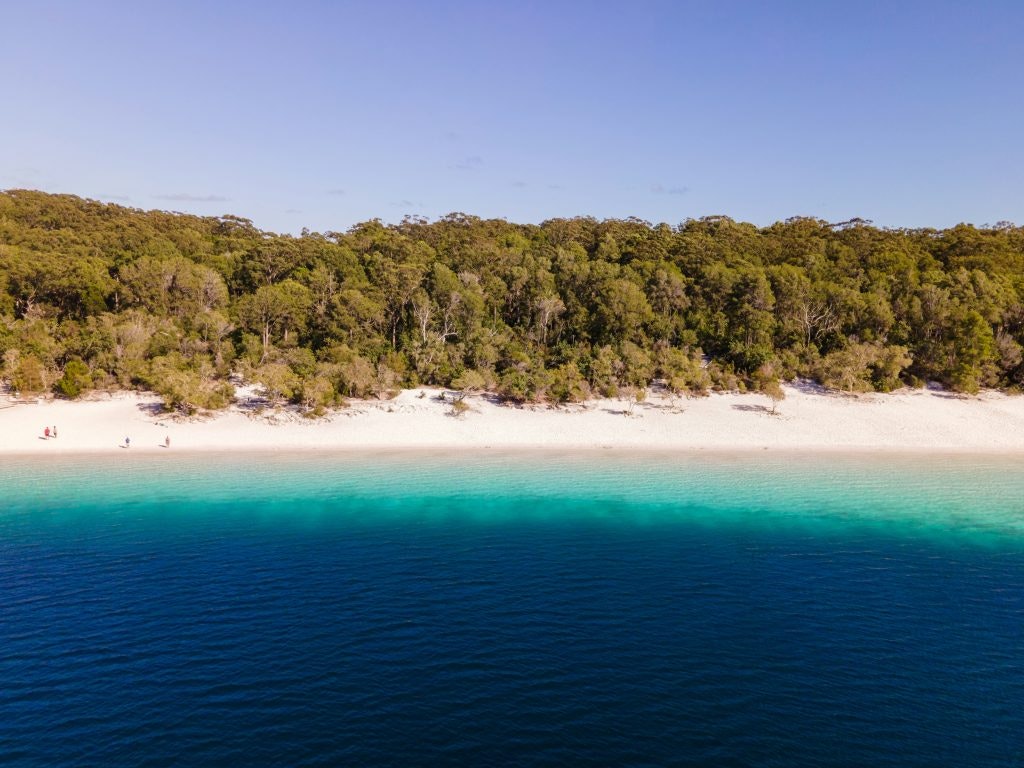We know Australia. It’s where Rustic Pathways began, and we’ve been running student travel programs in Australia since 1983. There are three times more sheep than people, and it’s the only continent without an active volcano. With over 10,000 beaches, visiting a new one every day would take more than 27 years!
Here are some key facts about Australia:
| Key Facts About Australia | Details |
| Population | 26,937,919 |
| Official Language | No official language, but the national language is English |
| Capital | Canberra |
| Currency | Australian Dollar |
| Area | 2,968,464 sq mi (7,688,287 sq km) |
| Number of Kangaroos per Person in Australia | Approximately 1.36 |
Here are six more unexpected and interesting facts about Australia that you might learn on a student adventure to Australia.
6 Fun Facts About Australia
- Most Australians live in New South Wales
- Snakes are worse than spiders in Australia
- Australia is snowier than you think
- Australia fought a war against a bird species and lost
- K’gari Island (formerly Fraser Island) in Australia is the world’s largest sand island
- Uluru is sacred for the aboriginal people





